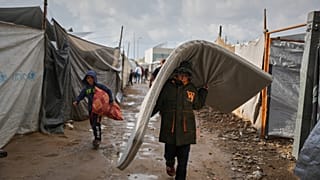USA
The U.S. total fertility rate has dropped to an all-time low of 1.599 children per woman, according to new federal data released by the CDC — far below the 2.1 rate needed to replace the population.
“This is the lowest level we have seen in the United States,” said Karen Guzzo of the University of North Carolina. “And this is below what we consider the replacement level.”
Experts point to economic anxiety, climate concerns, and struggles with housing and healthcare as key reasons for the decline. “Worry is not a good moment to have kids,” Guzzo explained.
Despite a slight increase in total births — just over 3.6 million in 2024 — analysts say the rise was due to population shifts, not higher fertility among women. Most age groups, particularly women in their 20s and early 30s, actually saw birth rates decline.
While the Trump administration has proposed incentives like “baby bonuses” and IVF access, Guzzo warns such policies may be symbolic. “They don’t tackle the larger needs, like paid parental leave and affordable child care,” she said.
Demographers say the trend reflects a long-term delay in childbearing, not a population crisis. But the gap between policy and reality continues to spark national debate.











01:17
Russia's Putin defiant in face of US sanctions on top oil companies
01:00
Giant pumpkin regatta makes a splash in Oregon
01:06
Madagascar wins third edition of 'Our Generation' junior song contest in Russia
00:06
Burkina Faso rejects "indecent" US proposal to accept deportees
00:57
Tyrese Gibson released on $20 000 bond amid animal crueltycharges
00:58
Record gold prices propel asset values in global markets